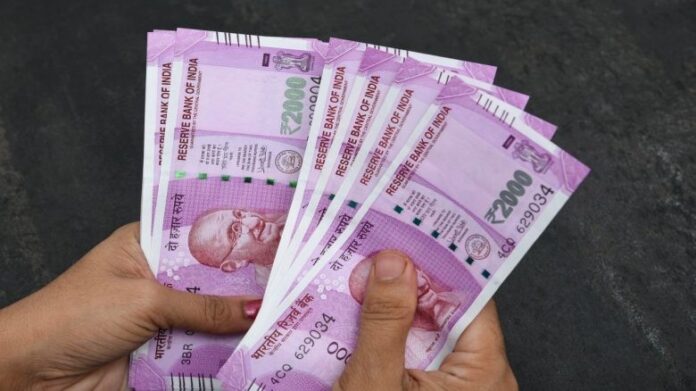By March 2017, 89% of Rs 2,000 notes were nearing their 4–5 year life cycle
New Delhi
The government informed Parliament on Monday that only 1.69 percent of Rs 2,000 banknotes remain in circulation, amounting to Rs 6,017 crore as of July 31. This is a sharp fall from Rs 3.56 lakh crore worth of notes in circulation on May 19, 2023, when the Reserve Bank of India (RBI) announced their withdrawal.
Minister of State for Finance Pankaj Chaudhary said banks had been provided with enough cash buffer before the withdrawal decision was made. Continuous supply ensured smooth exchange and withdrawal across the country, avoiding disruption for the public.
The Rs 2,000 denomination note was first introduced in November 2016, after demonetisation removed Rs 500 and Rs 1,000 notes from circulation. Its purpose was to quickly meet currency needs at that time. Once smaller denominations became widely available, the objective was fulfilled.
Nearly 89 percent of Rs 2,000 notes had been issued before March 2017 and were already nearing the end of their life cycle of four to five years. With other denominations sufficiently stocked, the government and RBI decided to withdraw the high-value notes under the central bank’s “Clean Note Policy.”
Chaudhary added that the RBI continues to ensure the availability of notes in other denominations to meet public demand. He stressed that the withdrawal process was planned carefully to avoid inconvenience.
The near-complete return of Rs 2,000 banknotes highlights strong compliance from the public and banks. With just a small fraction left to be deposited or exchanged, the transition marks another step in India’s evolving currency system.



